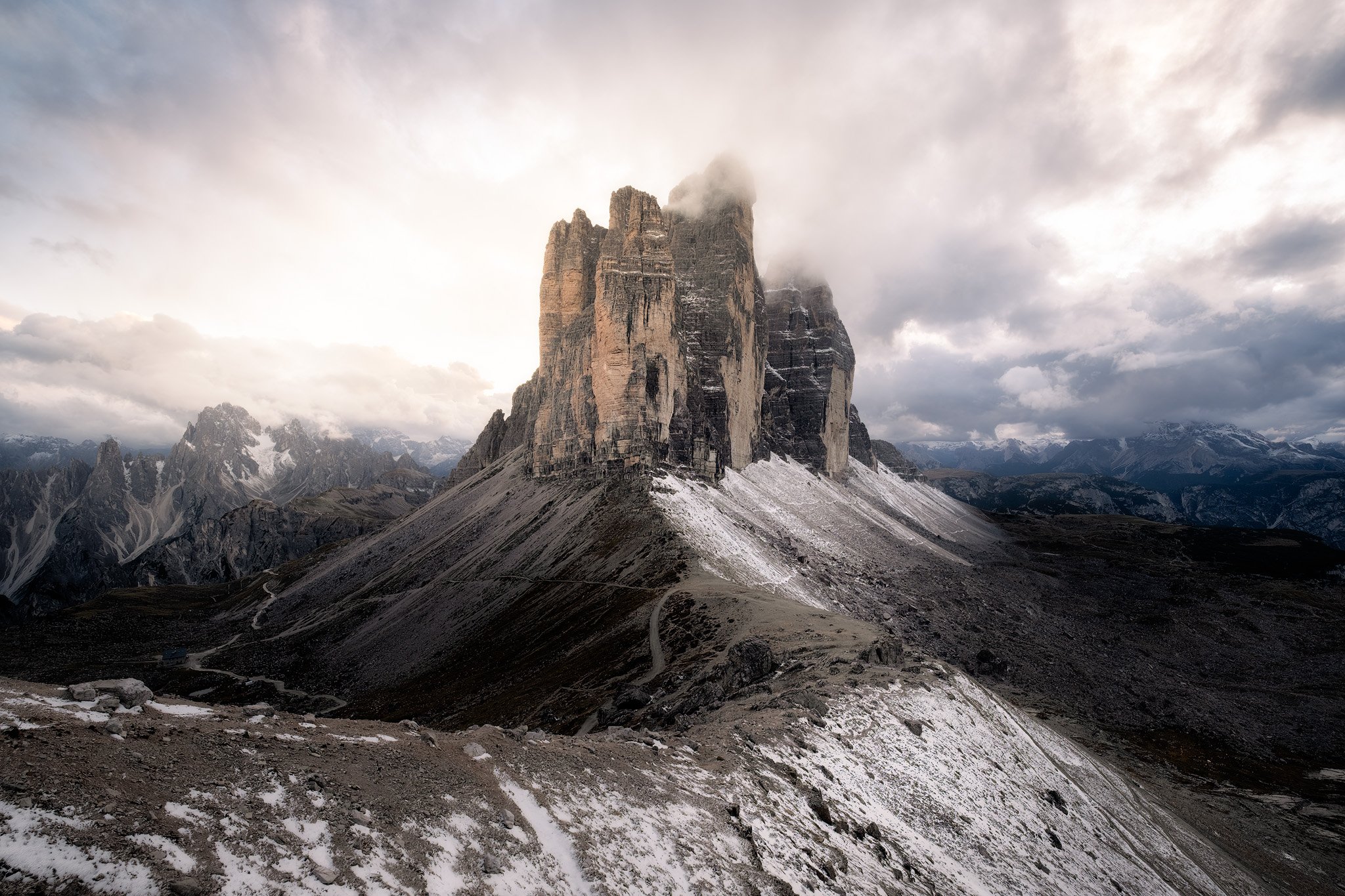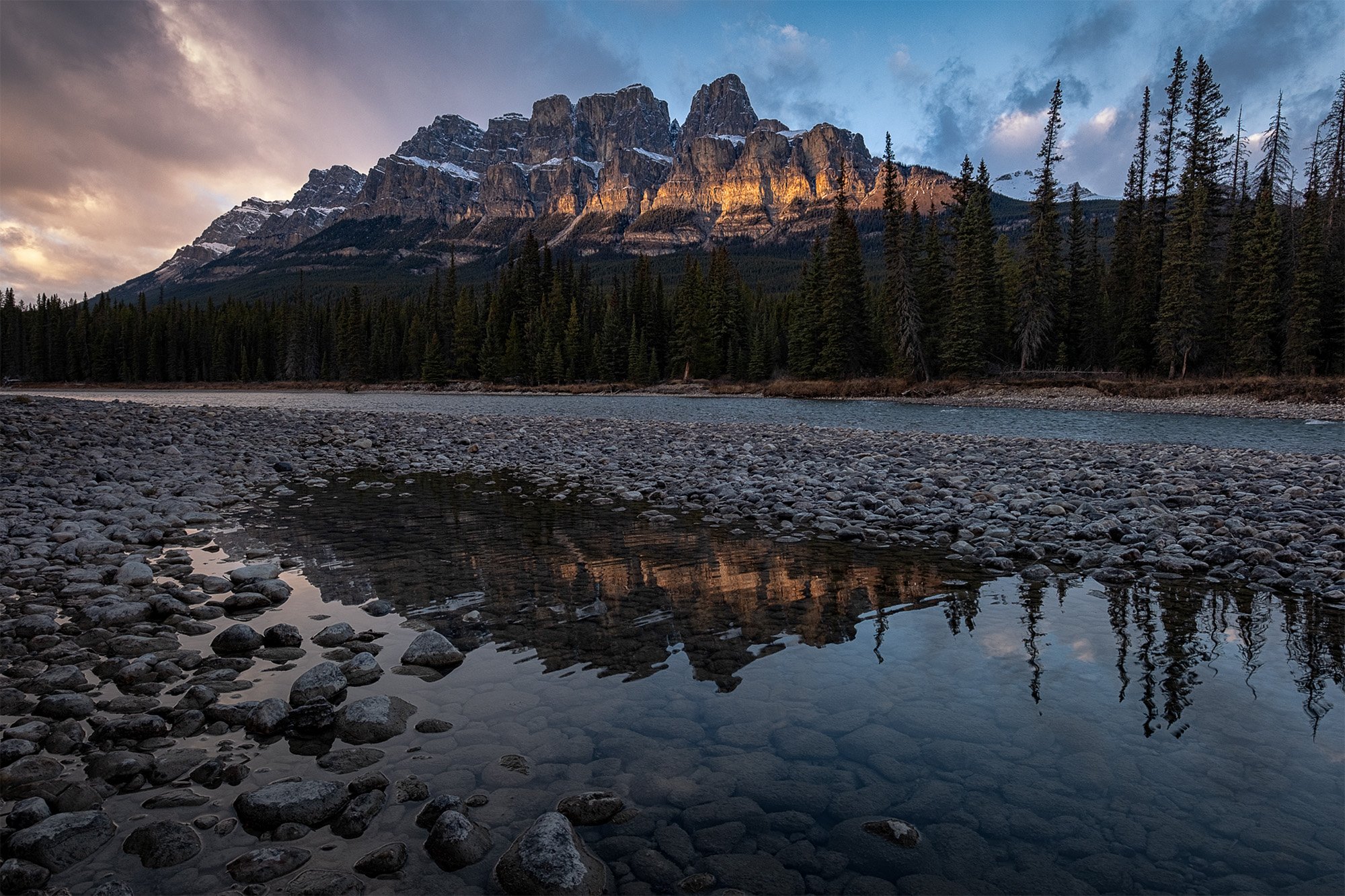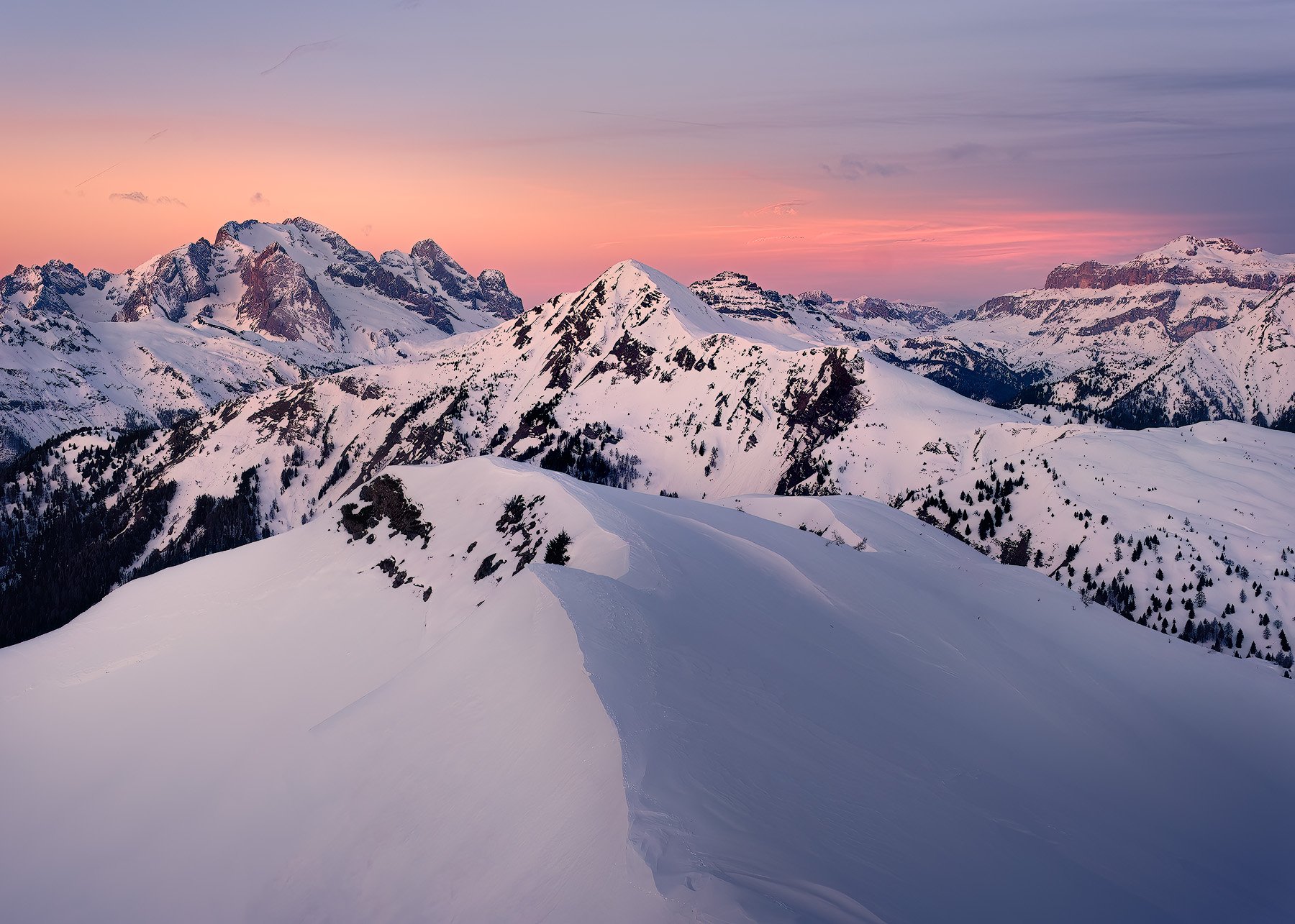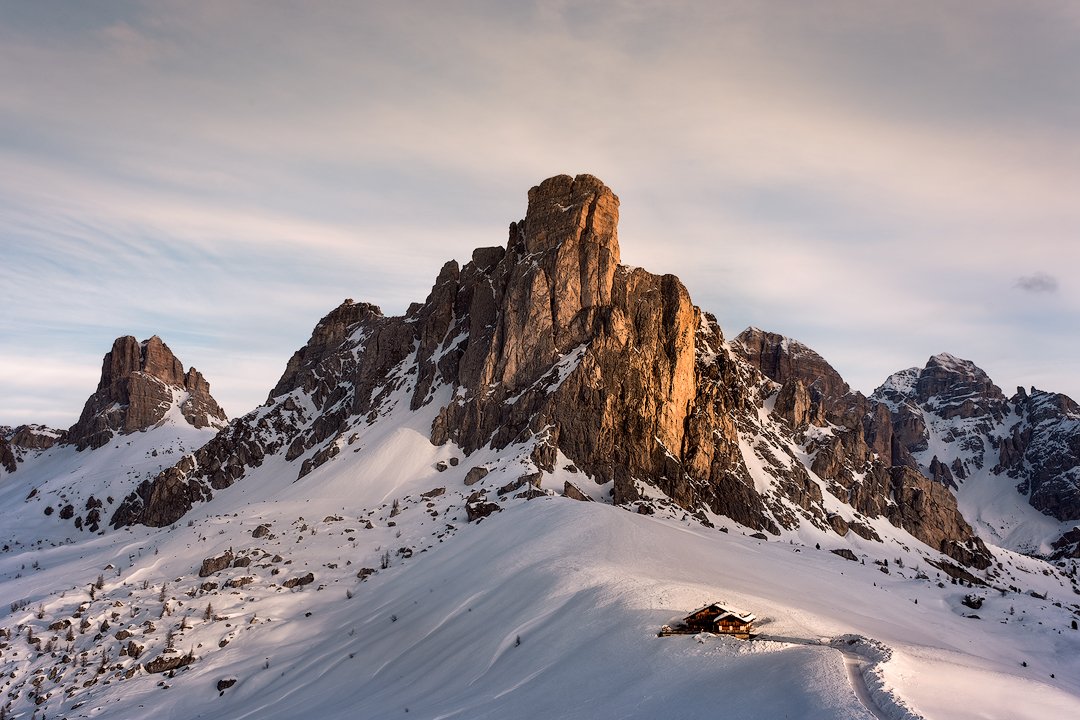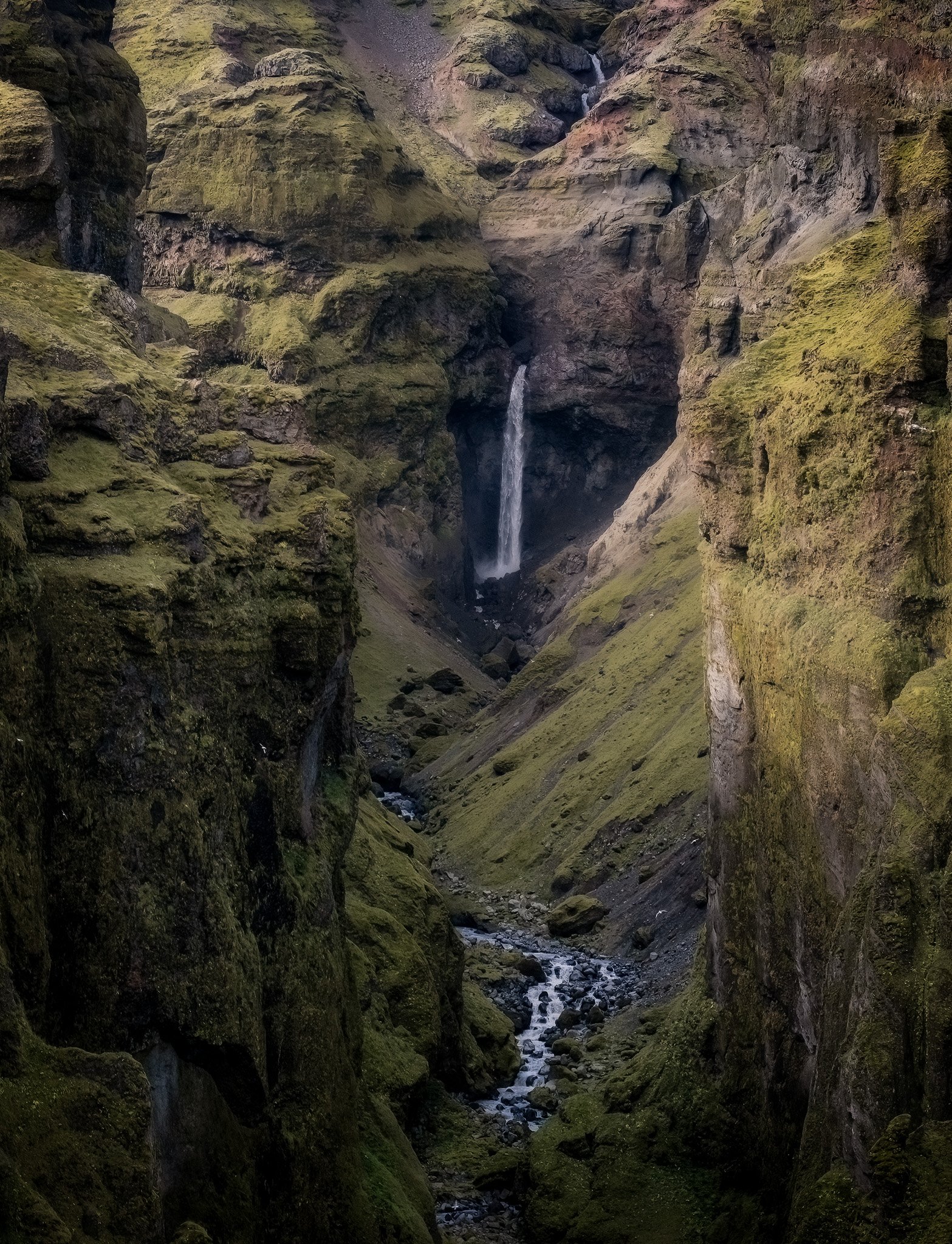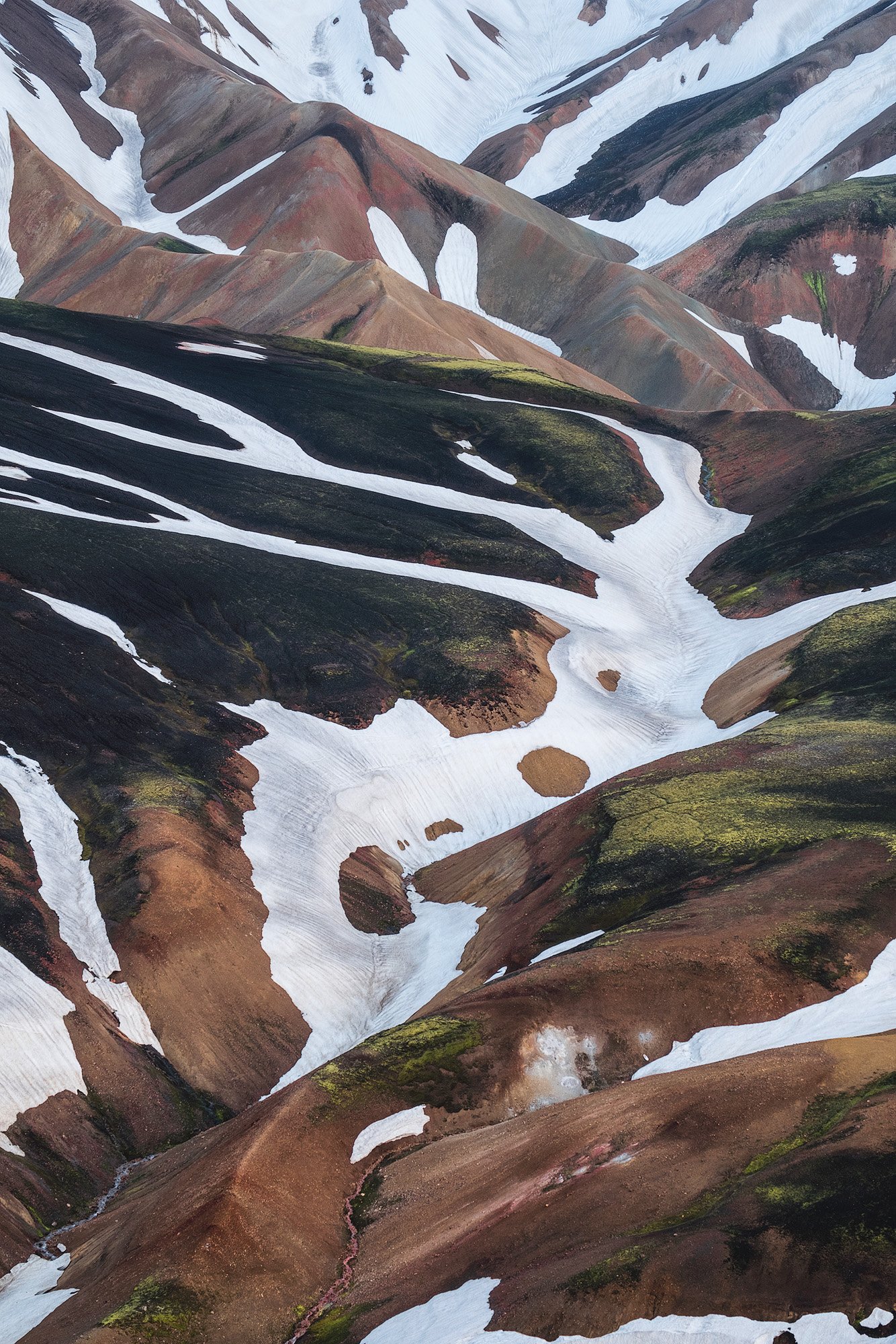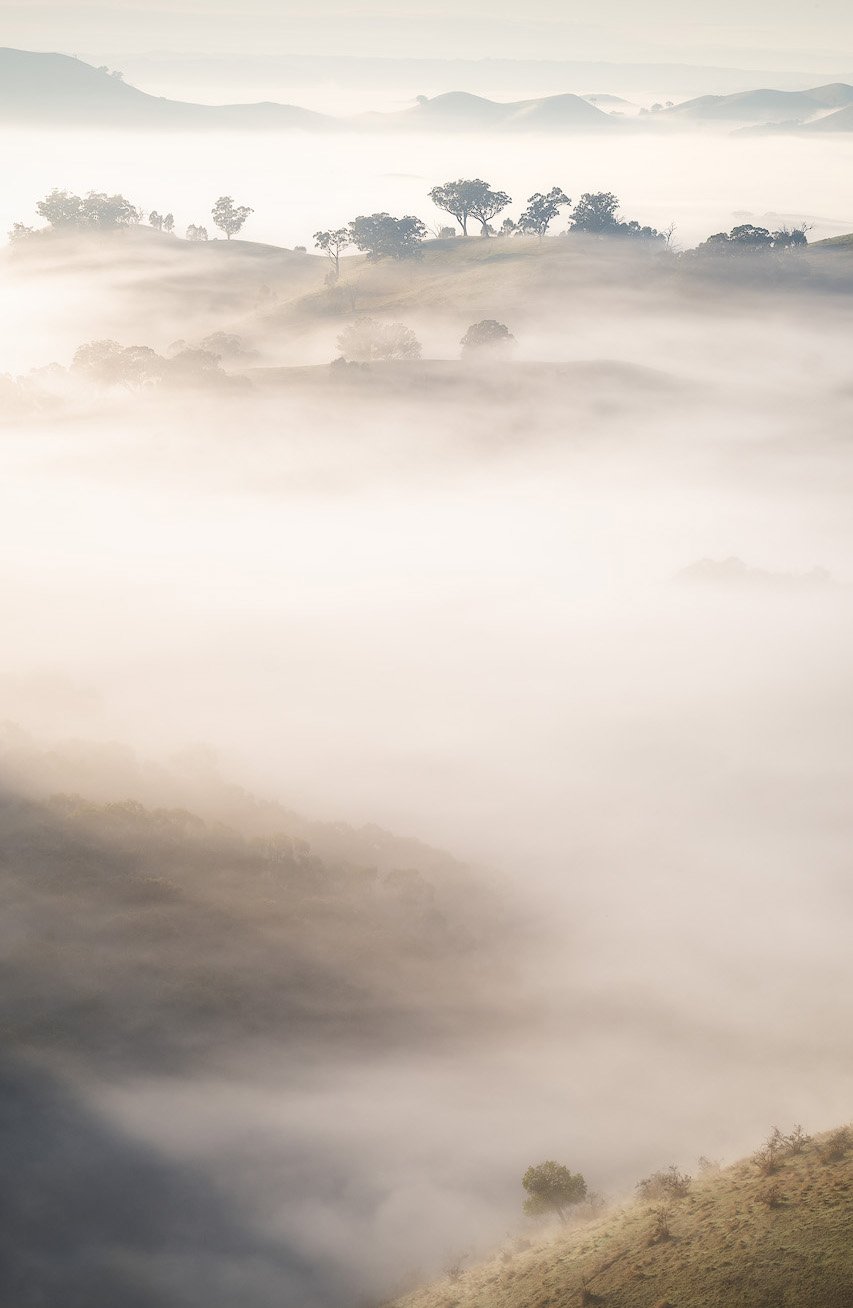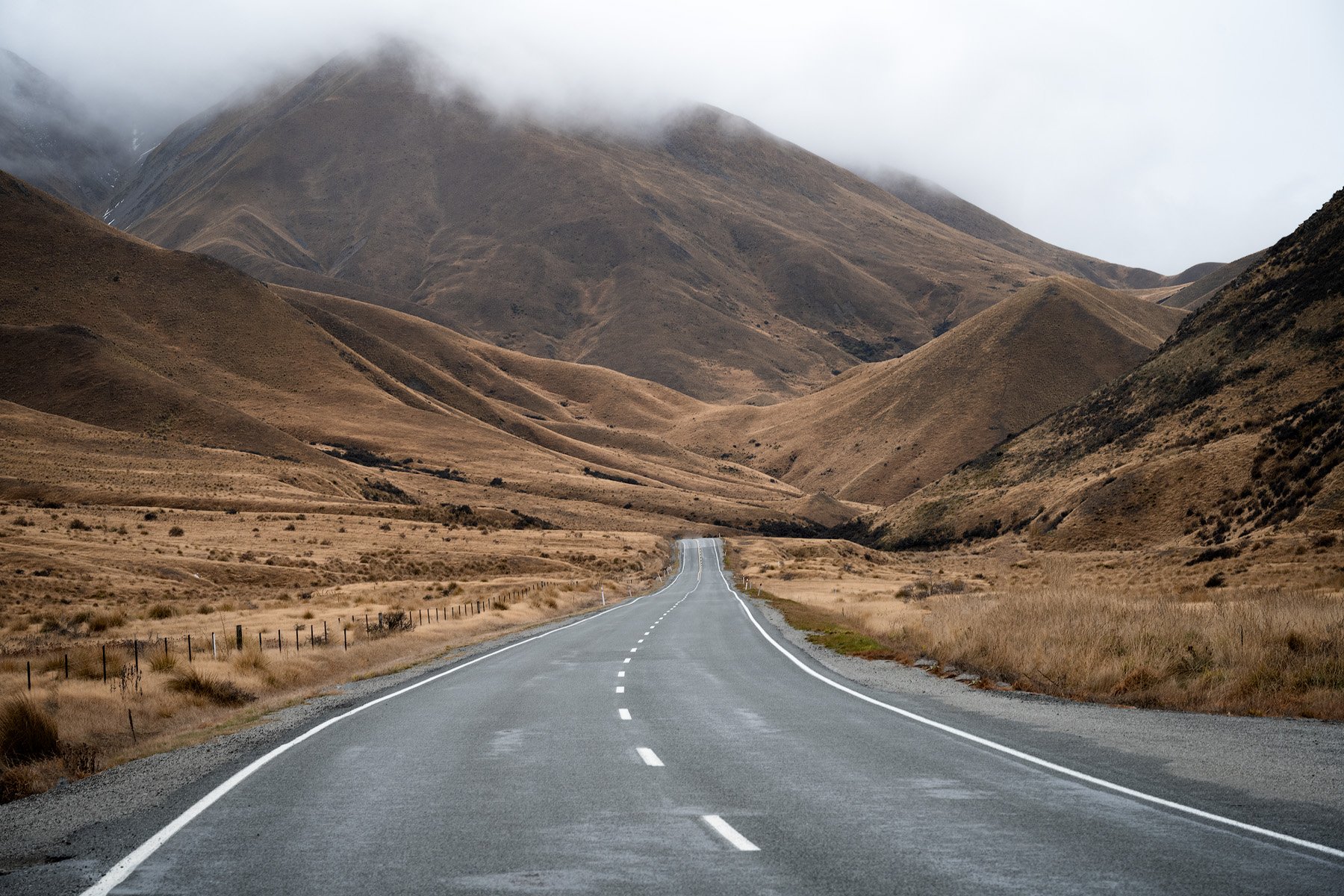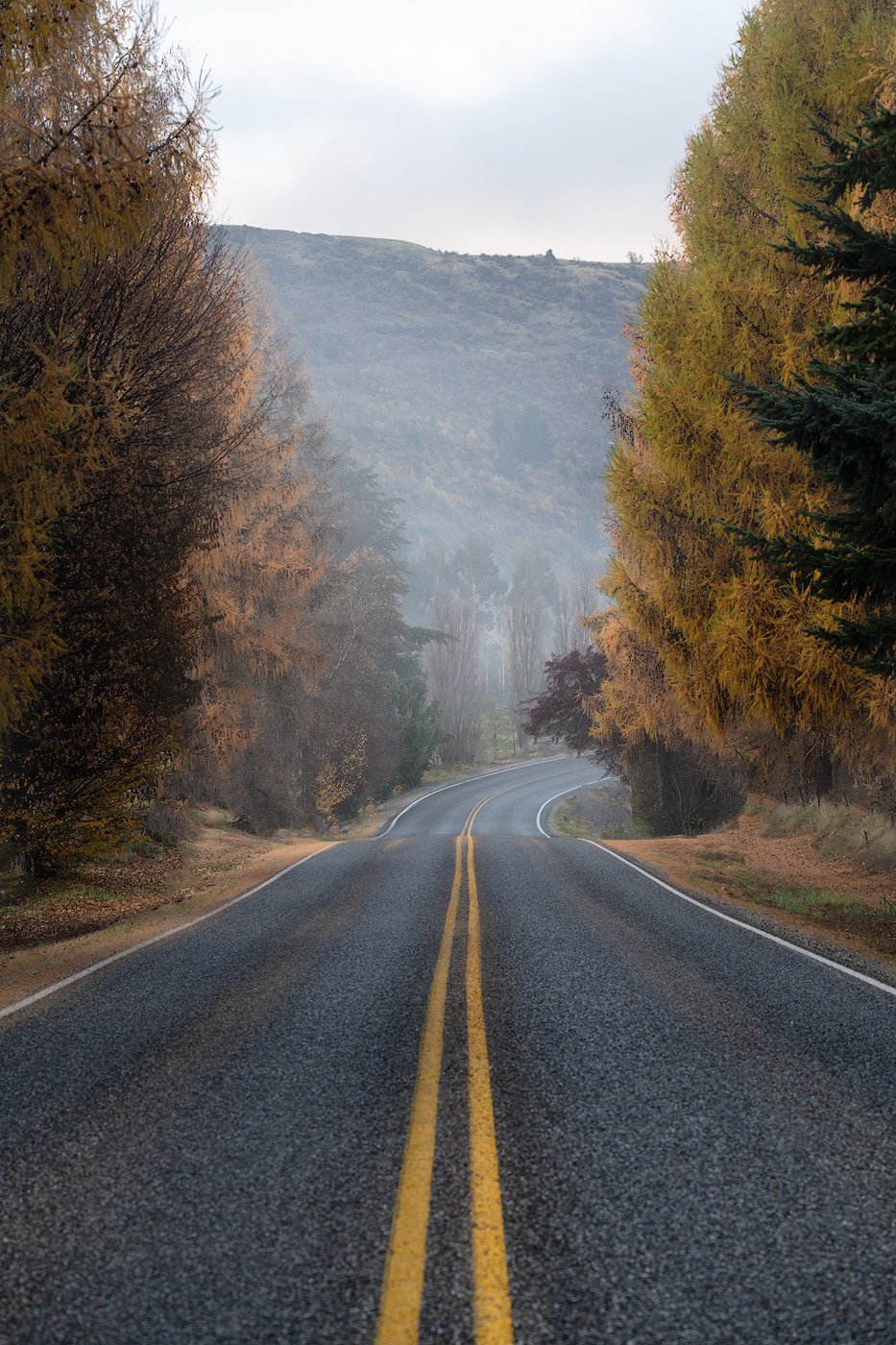Switching from Fujifilm X to THE Nikon Z
Switching camera systems is no small decision. It’s a big investment—not just financially, but in time, muscle memory, and creative adaptation. So, I wanted to share my experience for anyone considering the switch, particularly photographers moving from Fujifilm to Nikon
Above: Images created with the X-T3+10-24mm F4, my favourite wide angle lens on the Fujfilm X system.
My Fujifilm History
To my fellow Fujifilm users, let me say upfront—I still love Fuji. In fact, at one point, I had career aspirations to join the Fujifilm product team (so, Fuji, if you ever stumble across this post, feel free to reach out! 😉). As a product manager by trade and a photographer at heart, I spent months researching my options, including Fujifilm’s medium format system. But ultimately, Nikon’s lenses, dynamic range, and overall reliability aligned better with my needs as a landscape photographer.
For six wonderful years, Fujifilm was my creative home. It reignited my passion for photography, and I owe much of my growth to the system. Over the years, I’ve shot with a range of Fuji gear, including the X-Pro 2, X-T30 II, X100V, and X100T, along with a lineup of fantastic lenses: 16mm F1.4, 35mm F1.4, 56mm F1.2, 16-55mm F2.8, and the 55-200mm F3.5-4.8, to name a few.
My final Kit before switching to the Nikon Z system was the following:
|
Gear Type* |
Model |
FF Equiv |
Filter |
Weight (g) |
|
Camera |
XT-3 |
|
- |
560 |
|
Wide Angle |
10-24mm F4 |
15-36mm |
72 |
380 |
|
Mid Range |
16-80mm F4 |
24-122mm |
72 |
440 |
|
Telephoto Lens |
50-140mm F2.8 |
76-213mm |
72 |
1375 |
|
TOTAL |
|
|
|
2755 |
*Note: I had 2 XT3 cameras with one body having the wide angle and one body having the long lens.
Above: Images created with the X-T3+16-80mm F4, my favorite mid-range versatile lens on the Fujifilm X system.
Why I Made the Switch
• Dynamic Range: While Fujifilm’s sensors perform well, I couldn’t ignore the difference when shooting alongside other photographers. Seeing those extra stops of dynamic range in post-processing sparked my curiosity—so much so that it eventually pushed me to leave the Fuji ecosystem.
• Higher Megapixels: I love cropping in post, as I often discover new compositions within a scene after the fact. While the X-T5’s 40MP sensor is impressive, Fujifilm’s own admission that not all lenses resolve that full resolution made me question if the system could truly meet my long-term needs.
• Full-Frame Mirrorless Has Matured: Years ago, full-frame mirrorless meant bulky, heavy gear. But with Canon and Nikon now in the game, the weight gap has narrowed. Many full-frame lenses now weigh the same as their APS-C counterparts, making the shift much more appealing.
• Fuji RAW Files Are Tricky: I’ll be the first to admit post-processing is still an area I’m working on. But there’s no denying that Fujifilm RAW files can be difficult to edit in Adobe software. This wasn’t a deal-breaker, but it was definitely a factor.
• Durability Concerns: This one stung. While I take care of my gear, my X-Pro 2’s shutter died, my black X-T3 needed top plate and shutter release repairs, and my silver X-T3’s screen intermittently failed. On top of that, my 50-140mm lens mount broke after a minor fall while in my bag. Repairing these wasn’t cheap, and after a few too many issues, I decided it was time to move on.
Above: Images created with the X-T3+50-140mm F2.8, my favourite long lens and lens in general on the Fujifilm X system.
Building My Nikon Kit
I didn’t muck around once I made the call. After six years of landscape photography and selling off my Fujifilm gear, I waited for Black Friday, walked into my local camera shop, and negotiated my new kit.
I also saw this as an opportunity to broaden my photography, allowing myself to explore wildlife photography and push into super-telephoto landscapes. My goal was a 14-400mm focal range with a maximum of three lenses—keeping things practical without compromising quality.
For my wide-angle lens, I specifically chose the Nikon Z 14-24mm F2.8 over the F4 version. Why? I wanted something versatile enough to handle astro and aurora photography without needing a dedicated lens. Yes, it’s a pricey piece of glass, but the optics are first-class, and it’s surprisingly lightweight for an F2.8.
The kit I decided on was the following:
Gear Type
Model
Filter Thread
Weight (g)
Camera
Z7 II
-
705
Wide Angle
14-24mm F2.8
112
650
Mid Range
24-120mm F4
77
630
Telephoto Lens
100-400 F4.5-5.6
77
1440
TOTAL
3425
Above: Images created with the Nikon Z7II+14-24 F2.8
First Impressions of the gear
So when I used the camera in the camera store, it immediately felt great in the hand, solid, comfortable, and premium. When unboxing the camera and lenses, the Nikon felt a step above the Fujifilm in build quality and just felt superior to anything I had used before. My first thoughts were damn I should have moved to Nikon a lot earlier!
After the serotonin hit of new purchases subsided, it was time to get to work and set up the camera, and prepare for my first shoot. The learning curve began, and things started to feel so foreign, all settings and button layouts felt wrong and counterintuitive. There are some quirks with this Z system but it probably was the same with the X system when I first jumped in. Here are a few things to be aware of:
Due to dials for shutter, aperture, iso no longer existing on my new camera, the tactile feel had gone and with the Nikon Z, you need to get used to using the button and dial combos to change these types of settings.
Getting used to PSAM made me a little sad, I felt like I was going backward rather than forwards with technology even though technically it's the other way around.
Most if not all Nikon lenses have a dial ring which is like an aperture ring like on the Fuji lenses, sounds amazing that you can have a ring that you can customise, here is the weird thing I never use it! It can move easily unlike the aperture ring on a fuji which has clicks per aperture, which feels like a missed opportunity here.
The top screen is very handy and a great addition.
Nikon has quirks like you can use certain features unless in manual mode eg focus stack, timer above 30 seconds, etc. This may have changed when reading the article.
Nikon Z7 II screen does not flip vertically, it’s a big miss on such an expensive camera, my old Fuji did have this and it was half the price and was older than the Z7II.
The EVF is an upgrade from my Fuji but still not class-leading, no complaints though from me.
Above: Trying to capture the Australian landscape with the Nikon Z7II - 100-400mm on the left and 14-24 on the right.
First days in the field with Nikon Z
My first outings with the Nikon Z didn’t go quite as I’d hoped. The conditions weren’t great, which didn’t help my confidence, and for the first time in years, I felt like a complete beginner behind the camera. It was like I was starting photography all over again.
But beyond the technical adjustments, something else was missing—I couldn’t shake the feeling that the camera had no soul. It just didn’t feel the same.
I reached out to a friend who had also moved on from Fujifilm, though he switched to Sony instead of Nikon. When I told him how I was feeling, he laughed and said he went through the exact same thing. His Sony felt soulless at first too! He reassured me that it was just part of the adjustment period and that things would change over time. (You can check out Carmine’s fantastic work here.)
There’s just something about Fujifilm and its cameras that’s hard to put into words. The tactile dials, the film simulations, the shooting experience—it’s more than just specs and performance. I even remember saying to my partner, “I think I’ve made a huge mistake leaving Fuji.” It almost felt like I was using a DSLR again.
Looking back, I think I understand why. Nikon has taken a more gradual approach to mirrorless, likely to help transition its loyal DSLR users, whereas Fujifilm started with a fresh slate—designing a system that feels entirely different from traditional cameras.
At that moment, I wasn’t sure if I had made the right choice. But change takes time, and I was determined to give the Nikon Z system a fair shot.
More on that soon.
Above: All images shot with the Nikon Z7II + 100-400mm
How Do I Feel Now?
Well, I’m happy to report that I feel a lot better about the switch.
After nine months with the Nikon Z7 II, I’ve now shot extensively across Australia, New Zealand, and even on safari in Africa. It’s been a real test for both the camera and myself, and here are my thoughts so far.
The Good
• The lenses don’t let you down. They feel solid, perform beautifully, and are razor-sharp. Nikon has done a fantastic job with its Z-mount glass. My 100-400mm has become my new favourite lens, and I’ve used the 24-120mm far more than I expected.
• Build and ergonomics are excellent. The Z7 II is built like a tank but still incredibly comfortable in hand. The grip, button placement, and overall feel make it a pleasure to shoot with.
• The “I” button is a game-changer. I’ve customised it so I can quickly access the settings I need, making it super easy to adjust things on the fly—especially when shooting landscapes.
• It feels designed for landscape photographers. Nikon clearly put thought into the button placements and customisability. While there are a few extra buttons I wish were fully customisable, it’s close to perfect for this type of camera.
• Dynamic range is next level. When you drop a RAW file into Adobe Lightroom and start adjusting highlights and shadows, the difference is obvious. It’s noticeably easier to recover highlights and pull detail from shadowscompared to my X-T3.
The Not-So-Good
• The tilting screen (or lack thereof) is frustrating. It doesn’t tilt in portrait orientation, and when you’re out in the field, this quickly becomes annoying.
• Autofocus needs improvement. Even for landscapes, low-light autofocus hunts too much. Honestly, I think my X-T3 had better autofocus—not even joking! There are rumours of a firmware update, so fingers crossed. For now, it works, but for a camera at this level, it’s a bit disappointing. As for wildlife photography, it handles slow-moving or static animals fine, but for anything faster, it struggles.
• No sensor cover is a pain. My Fuji cameras didn’t have one either, but the difference was that I could afford two camera bodies with Fuji, meaning I rarely had to swap lenses. With Nikon, I might end up doing the same eventually, but for now, lens changes mean extra caution.
The beauty of a 45 Megapixel camera is to crop in and find compositions within compositions. Shot with the Nikon Z7II + 100-400mm.
Final Thoughts
Switching camera systems is no small decision. It’s expensive, uncomfortable, and takes time to truly settle in. If you’re thinking about making a change, make sure you’re doing it for the right reasons—not just because something new and shiny has caught your eye. A different camera won’t magically make you a better photographer overnight.
For me, the switch was worth it. I now have more resolution, better dynamic range, and a versatile 14-400mm focal range—all in a relatively compact setup, considering what it offers. But beyond the specs, what matters most is that I’m excited to shoot again. The more I use the Nikon Z system, the more I feel connected to it—not just because of the gear itself, but because of the memories and photographs I’m creating with it.
If you have any questions, feel free to reach out on Instagram—my DMs are always open for a chat.
All the best with your photography—and if you’re making the switch, good luck!
Starting to find my groove with the Nikon Z7 II + 100-400mm Lens.

